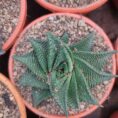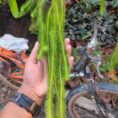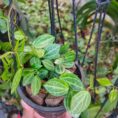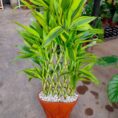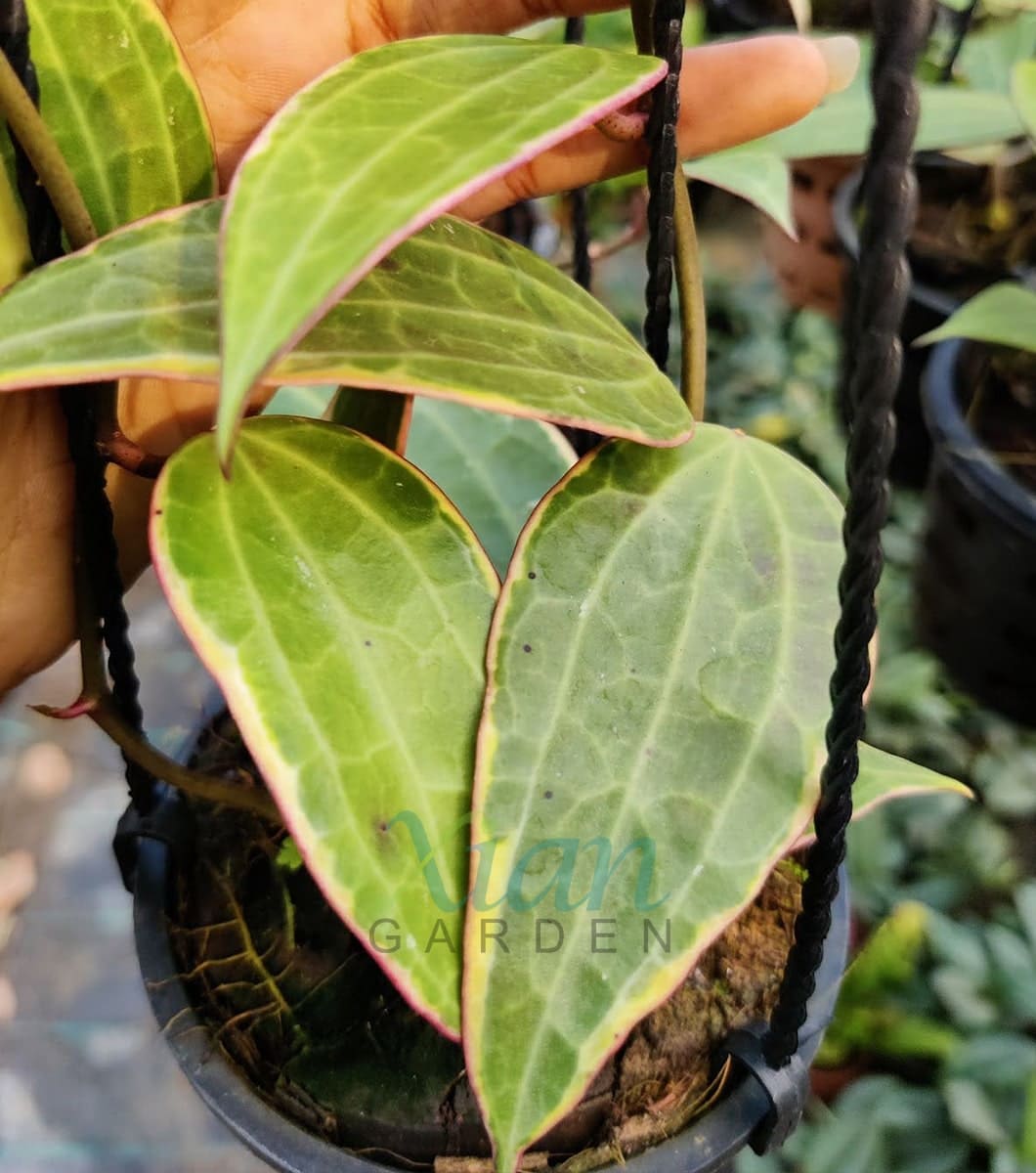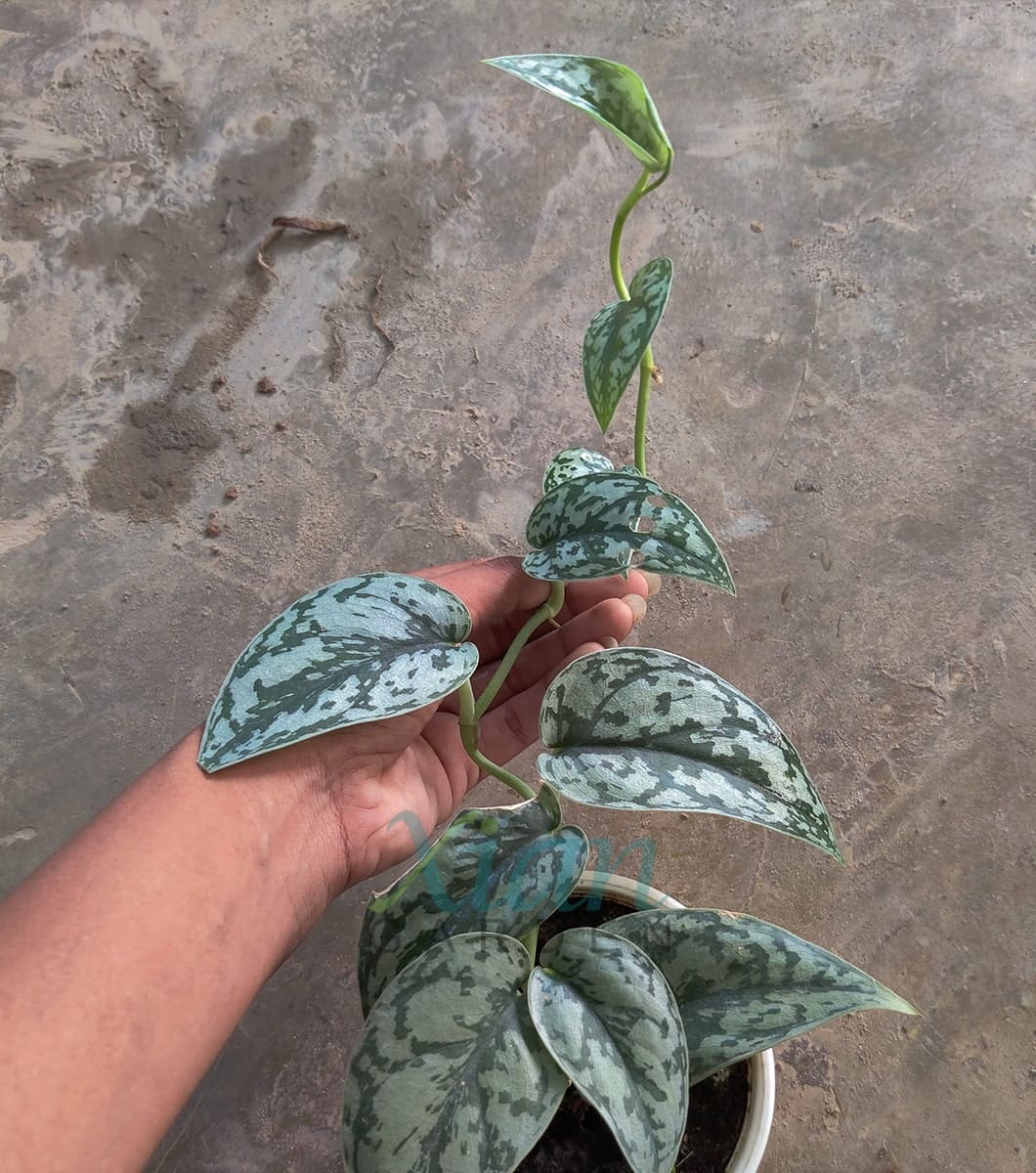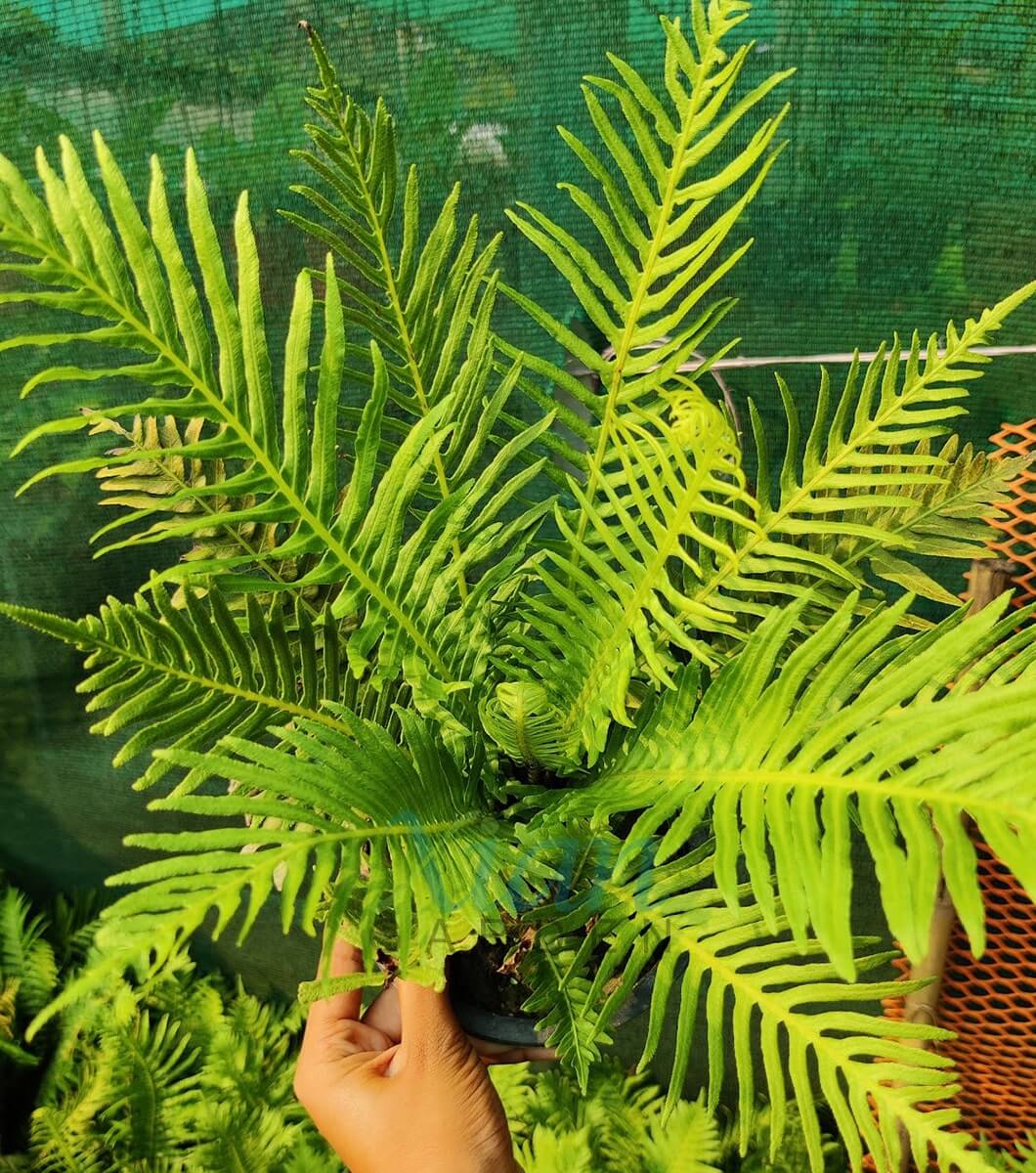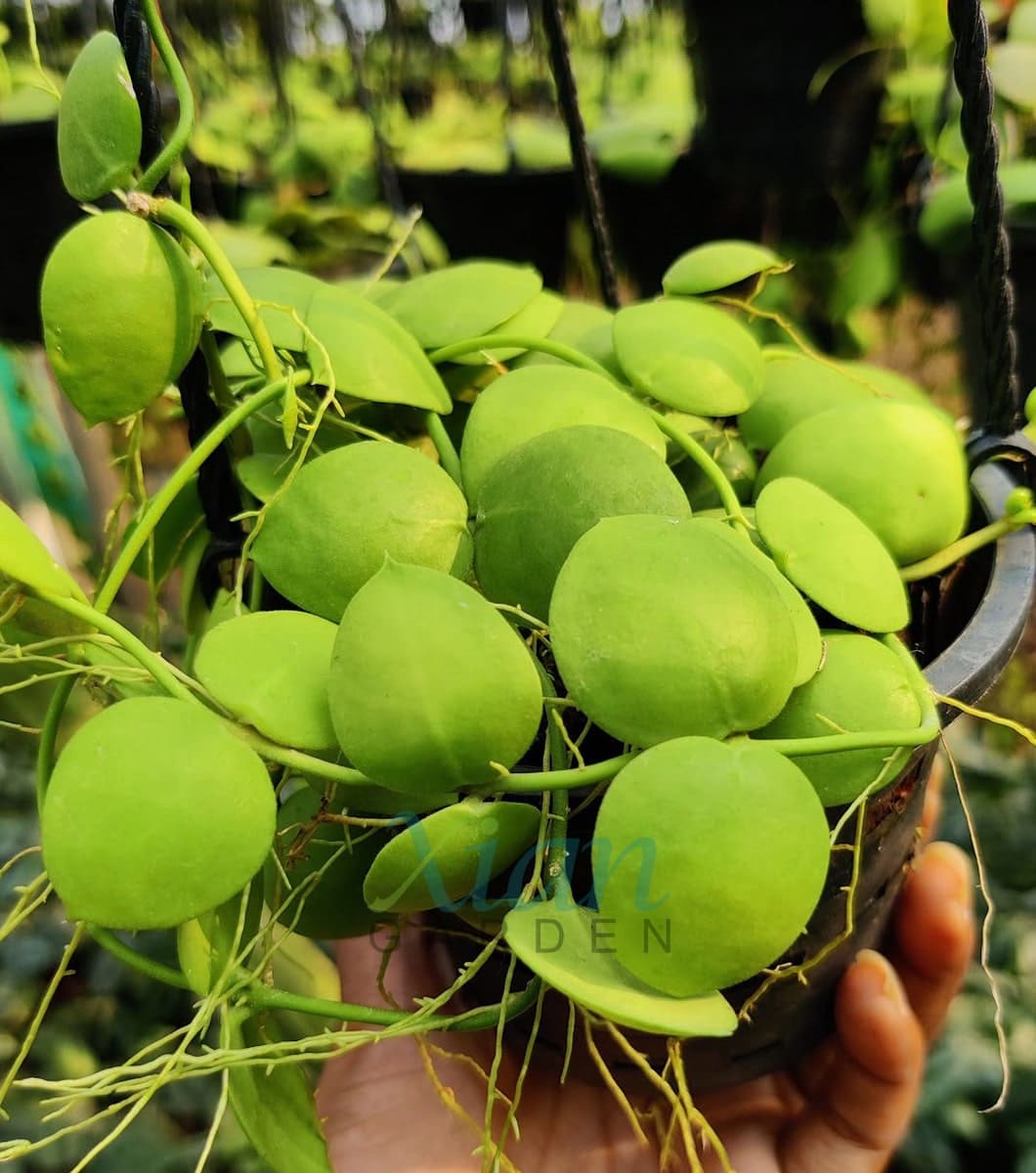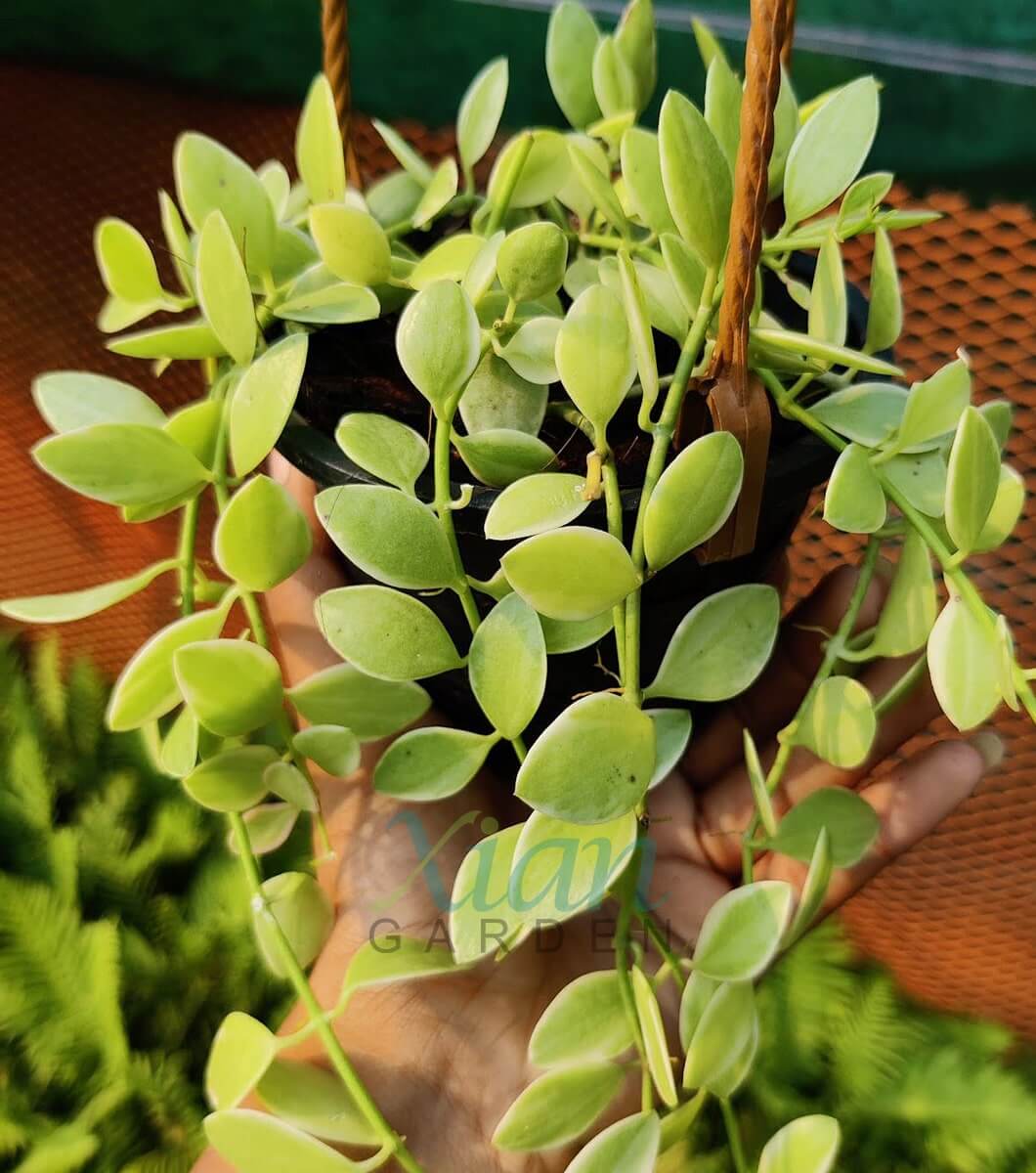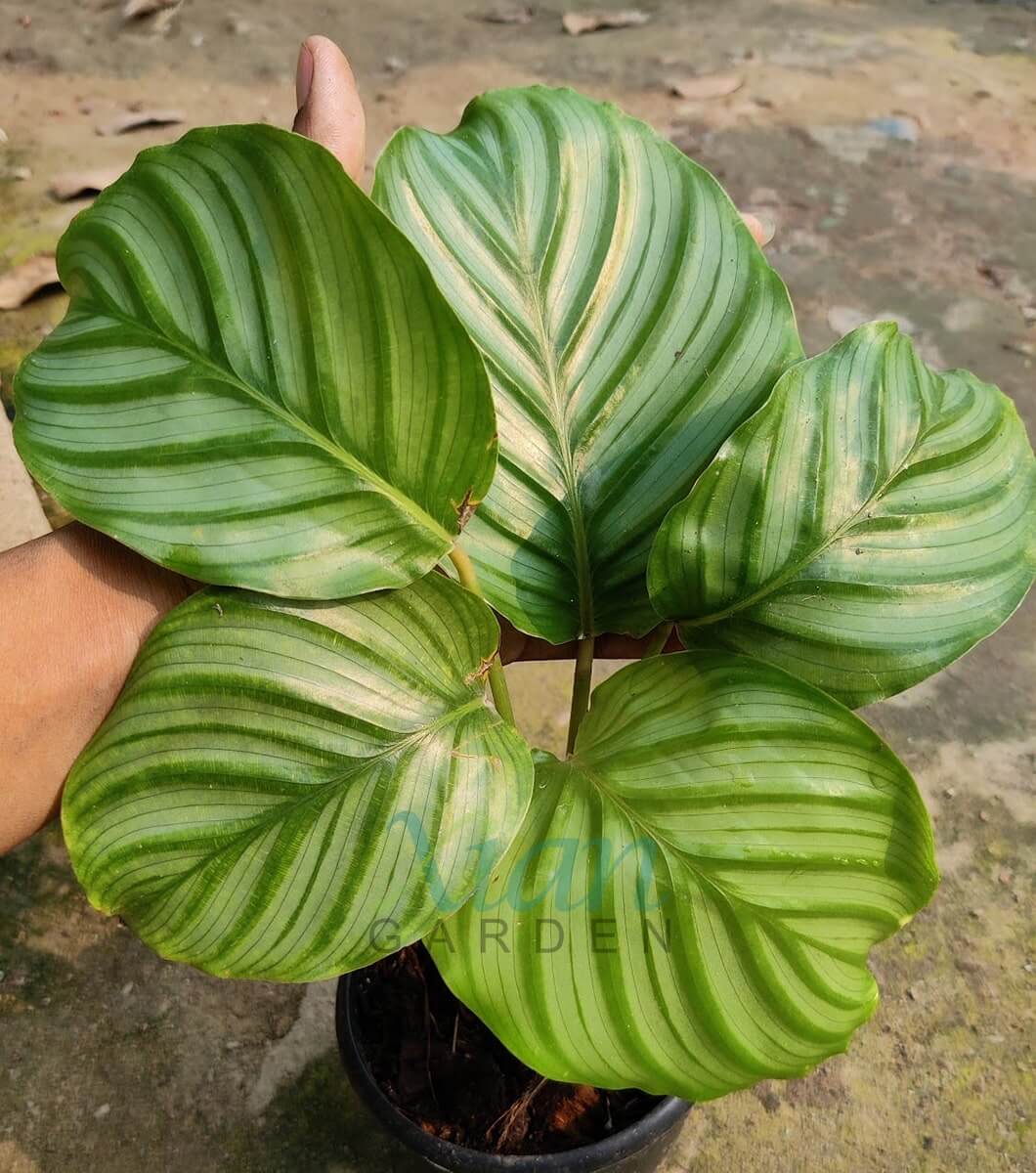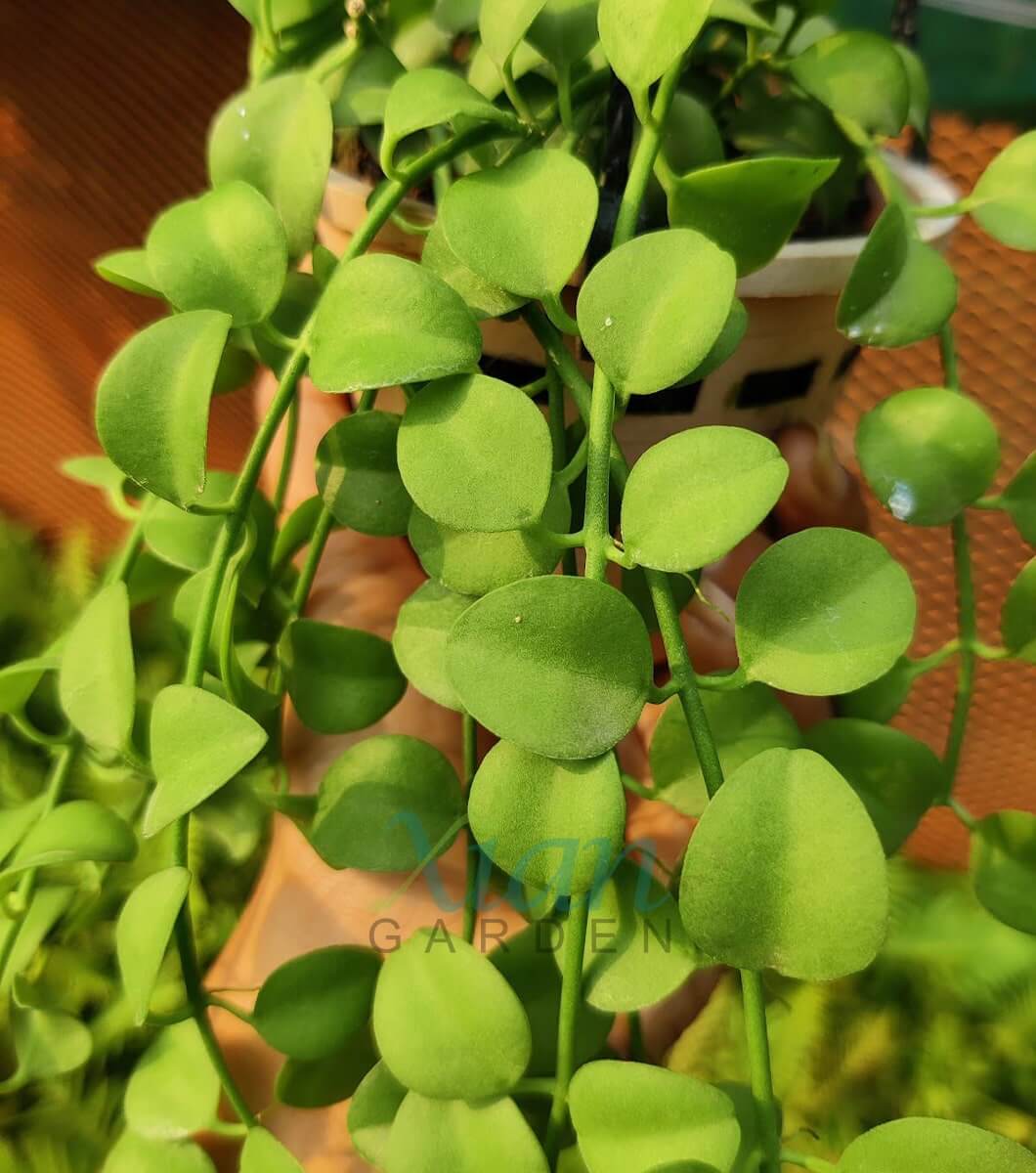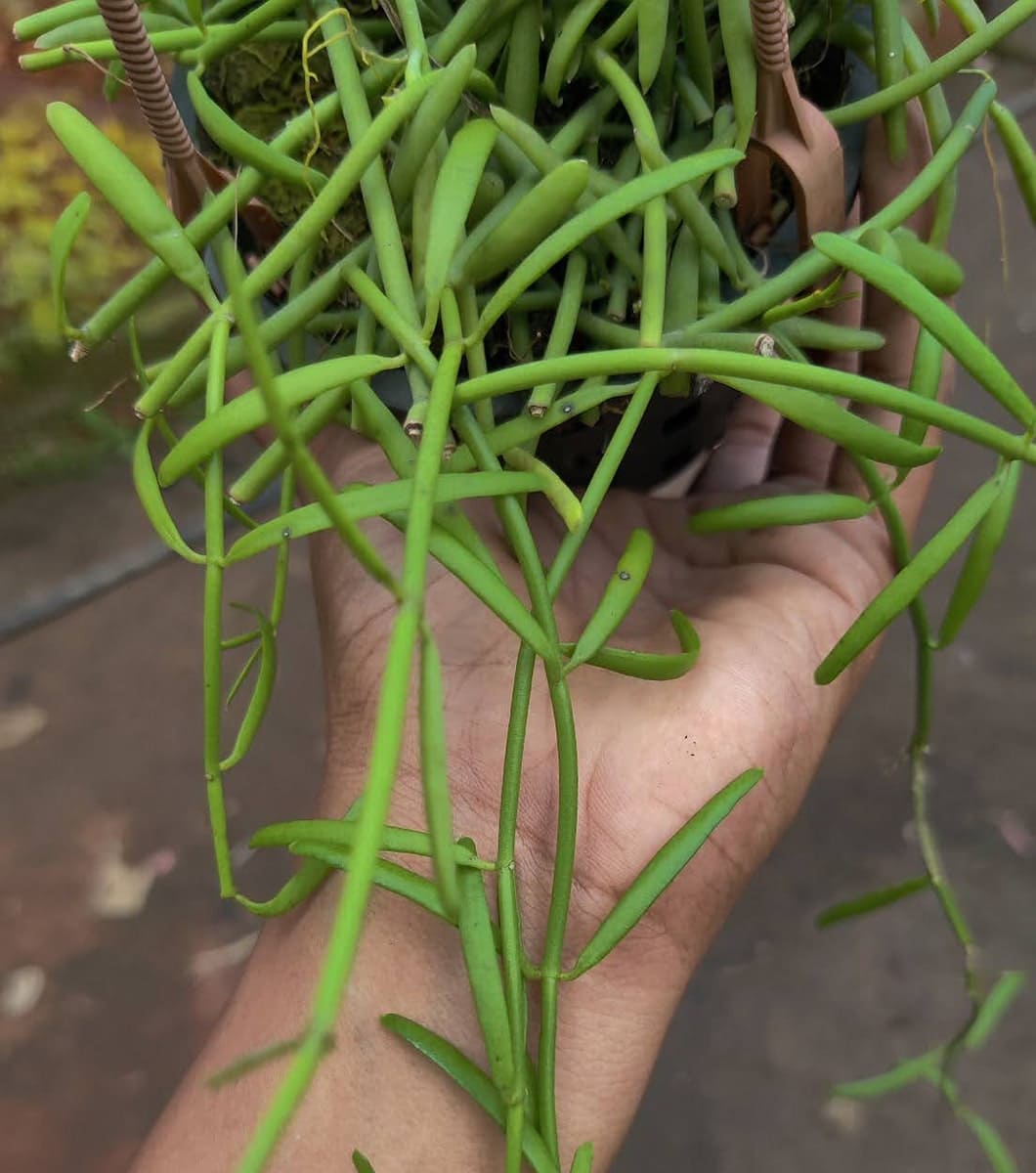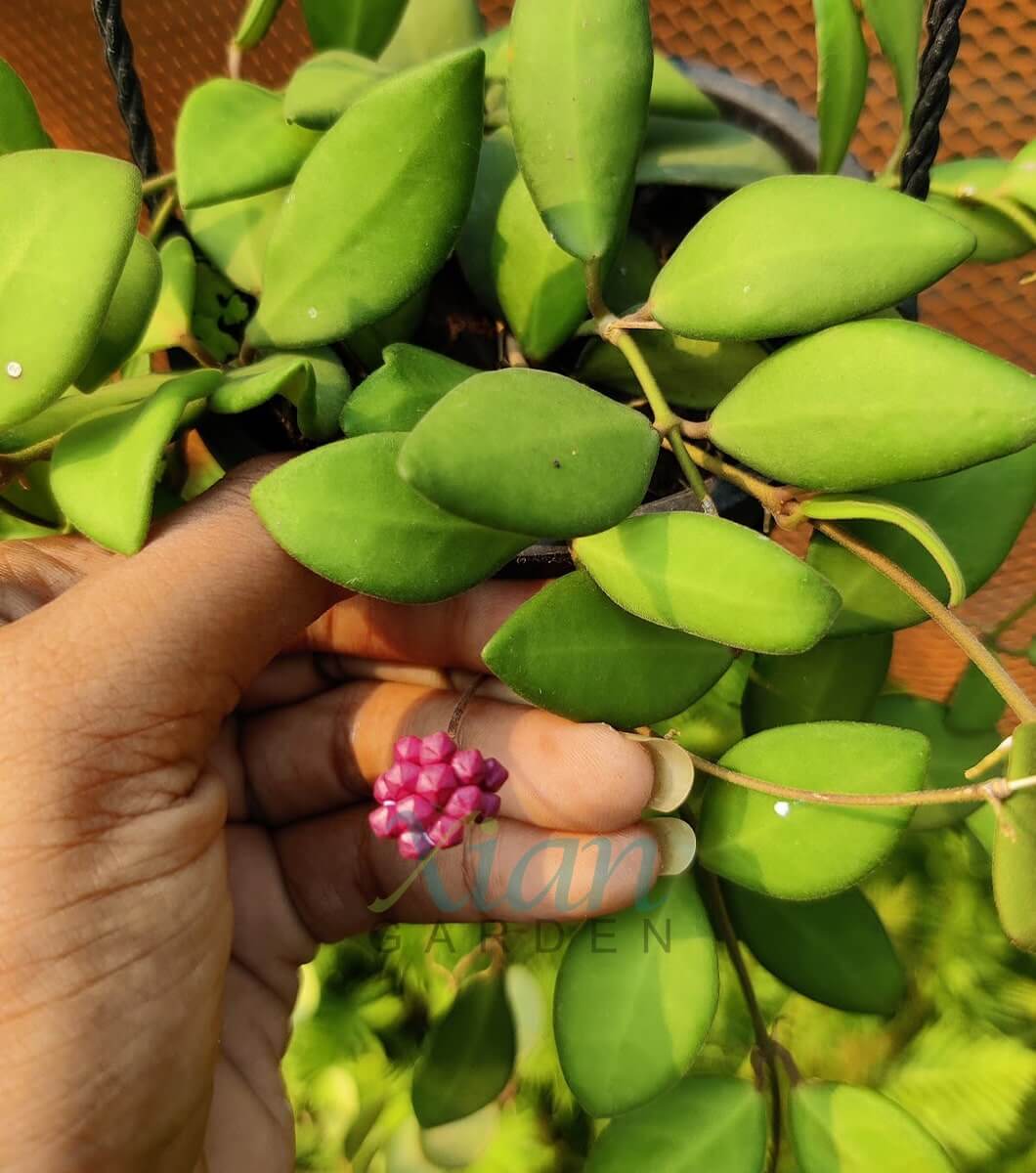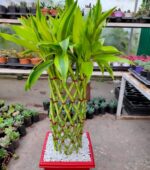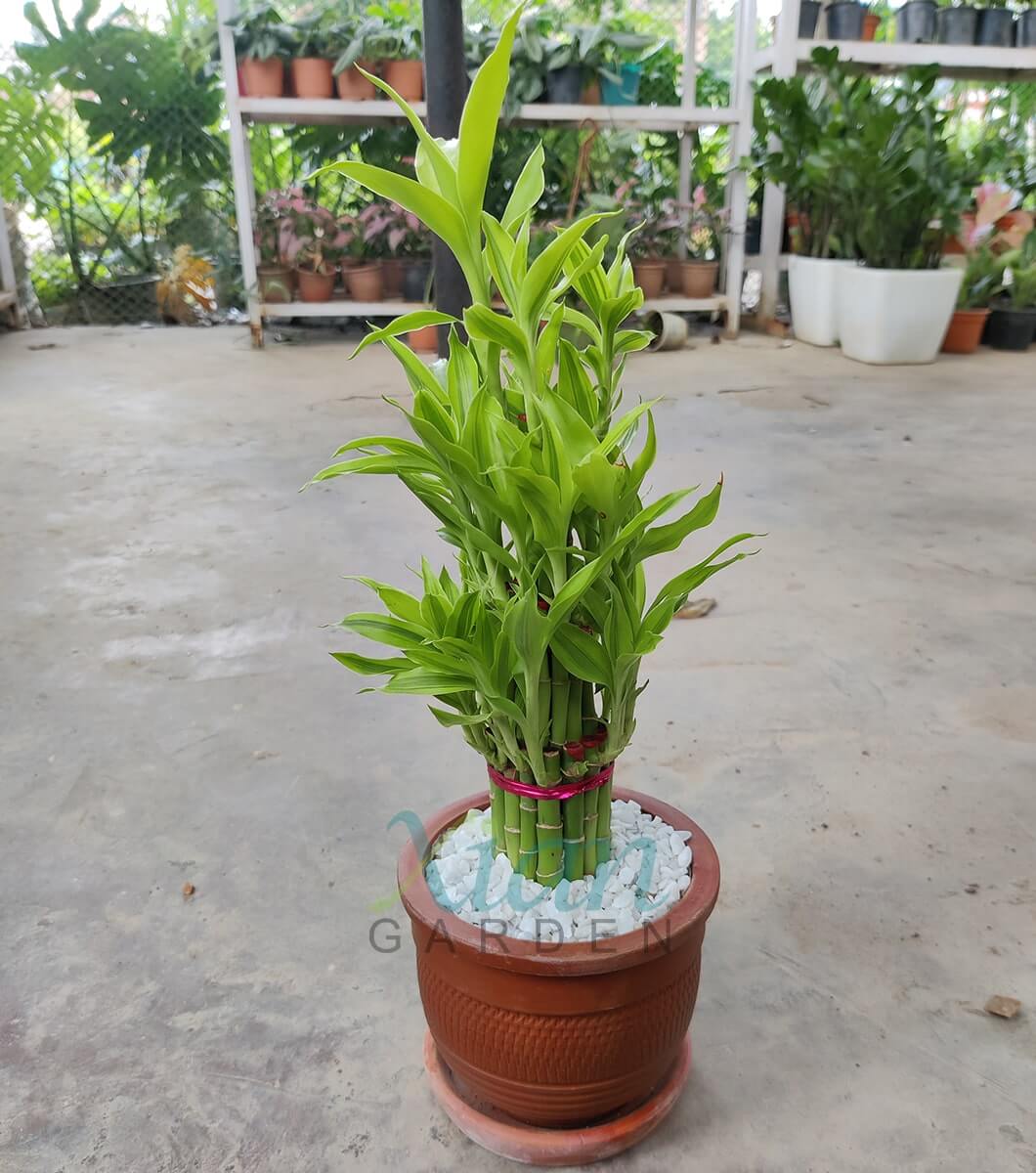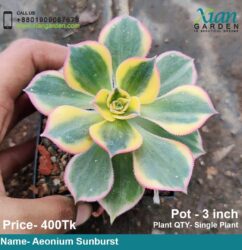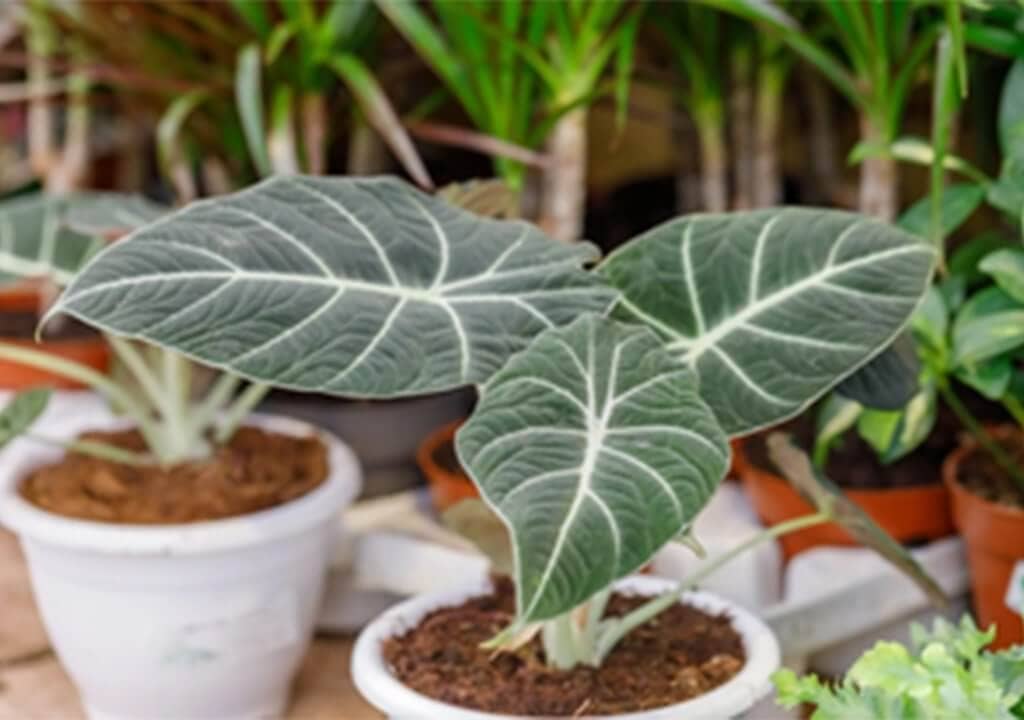Alocasia Black Velvet is a captivating plant variety that has gained popularity among indoor garden enthusiasts. With its striking dark velvety leaves and unique growth pattern, this plant adds an element of elegance to any space. In this blog post, we will delve into the details of Alocasia Black Velvet, including its care requirements, FAQs, and why it deserves a place in your indoor garden.
Introduction to Alocasia Black Velvet
Alocasia Black Velvet, scientifically known as Alocasia regular, is a member of the Araceae family. It is native to the rainforests of Southeast Asia and is characterized by its glossy, dark green, and almost black leaves. The leaves have a velvety texture, making them stand out among other plant varieties. A mature Alocasia Black Velvet can grow up to 1-2 feet in height, making it an ideal choice for both small and large indoor spaces.
Care Requirements for Alocasia Black Velvet
To ensure the healthy growth of your Alocasia Black Velvet, it is important to provide the right conditions and care. Here are some essential care tips:
Light:
Alocasia Black Velvet thrives in bright, indirect light. Place it near a north or east-facing window where it can receive filtered sunlight.
Temperature:
Maintain a warm environment with temperatures between 65°F and 80°F (18°C - 26°C). Avoid exposing the plant to cold drafts or sudden temperature fluctuations.
Humidity:
Alocasia Black Velvet prefers high humidity levels. Consider using a humidifier or placing a water tray near the plant to increase humidity.
Watering:
Keep the soil consistently moist but not waterlogged. Water the plant when the top inch of the soil feels dry, and ensure proper drainage to prevent root rot.
Fertilization:
Feed your Alocasia Black Velvet with a balanced liquid fertilizer once a month during the growing season (spring and summer).
Pruning:
Remove any yellowing or damaged leaves to maintain the plant's overall health and appearance.
FAQs about Alocasia Black Velvet
A: Alocasia Black Velvet is primarily grown as an indoor plant, as it thrives in controlled environments. However, it can be placed outdoors in shaded areas with consistent warmth and humidity.
A: Yes, the leaves of Alocasia Black Velvet contain calcium oxalate crystals, which can be toxic to pets if ingested. Keep the plant out of reach of curious pets.
A: Alocasia Black Velvet prefers consistently moist soil. Water the plant when the top inch of the soil feels dry. Avoid overwatering, as it can lead to root rot.
A: Alocasia Black Velvet benefits from a balanced liquid fertilizer. Use a fertilizer specifically formulated for houseplants and follow the instructions on the packaging for application rates.
A: Yes, Alocasia Black Velvet can be propagated through division. Carefully separate the rhizomes during repotting and plant them in separate pots with well-draining soil.
A: Yellowing leaves on Alocasia Black Velvet can indicate overwatering, underwatering, or insufficient light. Assess the watering routine and adjust accordingly. Ensure the plant receives adequate indirect light and consider trimming off any severely damaged leaves.



